Home
Page

Research Interests

Curriculum Vitae

Students

Selected Publications

Media Coverage

Invasive Species

Lab News

|
 |
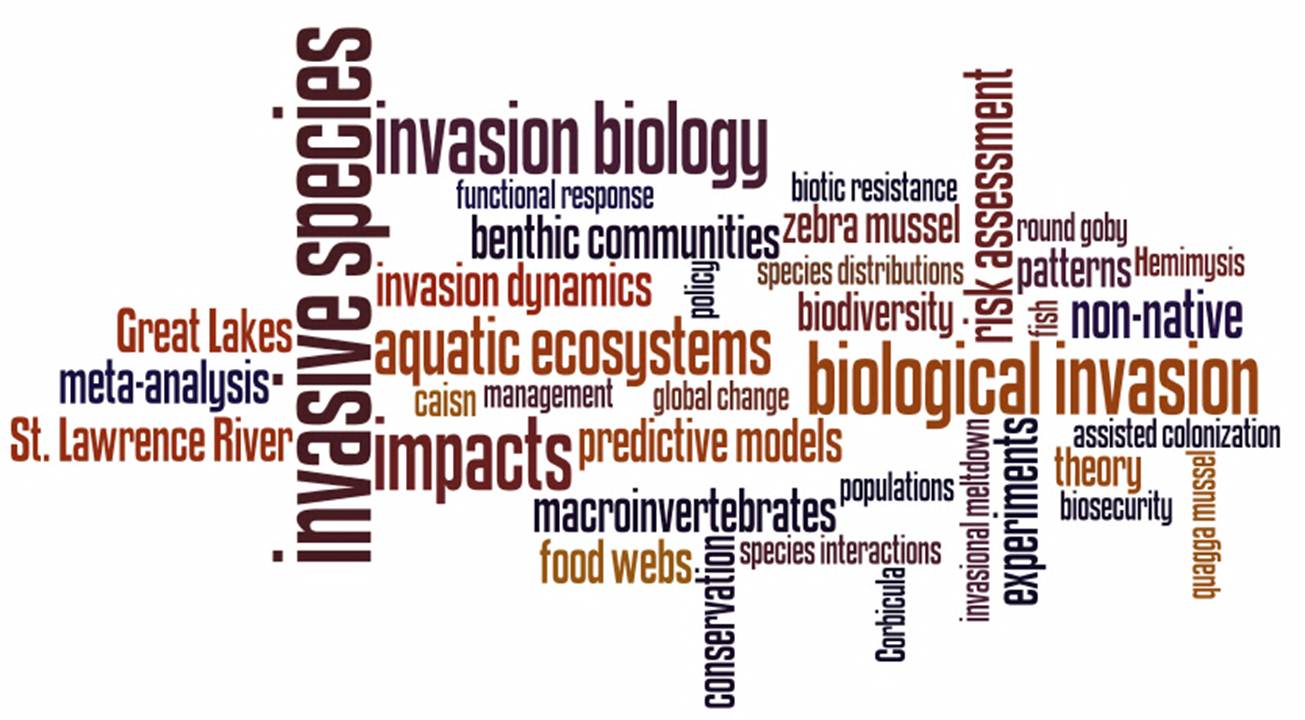
Research Interests: Causes and
Consequences of Biological Invasions
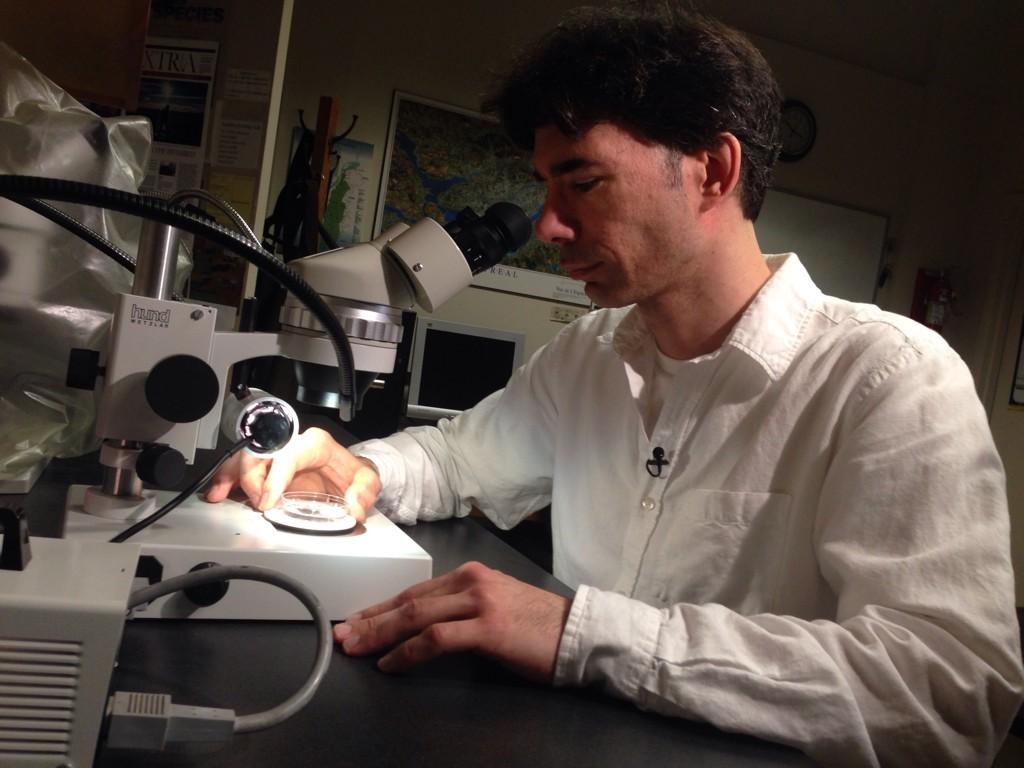
We are
living in a period of Earth's history characterized by
an unprecedented mass invasion event. Plants and
animals are being rapidly shuttled from one continent
to another, using vectors and pathways created by
human travel and trade.
Many
introduced species are unsuccessful invaders (they
fail to build sustainable populations), and many of
those that do invade have undetectable impacts, while
others can cause dramatic changes to biodiversity and
ecosystem functioning. Ecologists are searching for
new ways to predict the success and impact of invaders
(Ricciardi et
al. 2021).
Freshwater
ecosystems are being invaded at exponential rates.
Aquatic invasions can degrade habitats, disrupt water
supply systems, damage fisheries, and threaten native
species. Presently, resource managers lack reliable
methods to anticipate and prioritize aquatic invasion
threats. My research seeks to develop a predictive
understanding of aquatic invasions, using a
combination of experimental approaches, empirical
modelling, and field studies. I have been fortunate to
work with excellent students who have made important
contributions toward this goal. I encourage prospective students to
contact me about working in my lab (see our EDI
statement). I supervise
MSc and PhD candidates through McGill's
Biology graduate program. Each year, we
recruit new students to study the impacts of invasive
species on freshwater ecosystems. Our students
typically pursue one or more of the following research
objectives:
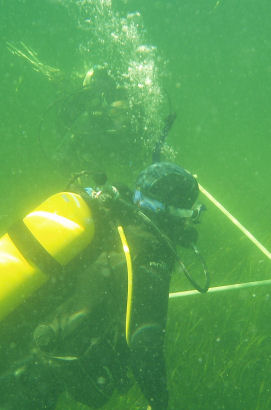
Identify predictors of invasion
success.
Some interesting research questions include: Can
the invasion success of a species be predicted
from its biological traits? In what ways do human
disturbance and propagule pressure influence the
vulnerability of aquatic habitats to invasion? How
do species interactions affect invasion success?
For example, we are exploring how phylogenetic
relationships and evolutionary experience
influence the interactions between introduced
species and the communities they encounter (Anton et al.
2020). From a meta-analysis on terrestrial
plant invasions, we discovered that the effect of
native herbivores on introduced plants is six
times stronger on plants that are novel genera to
the region, suggesting that the evolutionary
naiveté of introduced species to resident enemies
determines their invasion success (Ricciardi & Ward 2006).
Test invasion theories
using aquatic communities.
Aquatic communities are valuable systems for testing
the generality of invasion models. For example,
Elton's hypothesis that species-poor communities are
more vulnerable to invasion than species-rich
communities could be tested in freshwater or marine
ecosystems. Using field experiments and
meta-analysis, we are investigating Simberloff &
Von Holle's alternative hypothesis that introduced
species may facilitate one another to cause an
accelerated accumulation of invaders and their
synergistic impacts - an "invasional
meltdown". Data from the Great Lakes (Ricciardi 2001)
suggest that facilitative interactions between
invaders are more common than antagonistic
interactions, allowing the possibility that the
invasion rate and impacts are influenced by the
invasion history of the system.
Develop predictive models of impact for
aquatic invasions, particularly under climate
change.
We are interested in predicting which invasions will
fundamentally alter fish and invertebrate
communities - e.g. why some invaders cause cascading
impacts through food webs and whether these impacts
are predictable. My lab is determining how the
impact of an invader is dependent on the composition
of the invaded community and with other
environmental conditions. For example, a
synthesis of cases studies has revealed that
introduced species that represent novel
(ecologically distinct) life forms to the invaded
system pose the greatest threat to native
biodiversity (Ricciardi
& Atkinson 2004). We are also studying
impacts caused by interactions between aquatic
invasions and other environmental stressors, such as
climate change and river impoundment. We have been
working with colleagues to synthesize theories of
impact in order to ultimately develop a general
theoretical framework. Our
major focus in the coming years is to
investigate how climate change affects the
impact of aquatic invasions.
Understand the role of
invasion in biodiversity loss.
Freshwater animals are disappearing faster than
land animals (Ricciardi
& Rasmussen 1999). Invasions are
recognized as a major cause of extinction, but to
what extent are invasions contributing to declines
in freshwater biodiversity in North America and
across the globe? What kinds of invaders are most
likely to promote species loss? And more
problematically, how do invasions interact with
other environmental stressors to cause
extinctions? Another question that we are
exploring is how non-native species compare with
native species with respect to their potential to
undergo pest outbreaks, or to suppress native
populations. We have shown that non-native
predators cause greater damage to native
populations than do native predators (Paolucci et al.
2013), and are far more likely to contribute
to global extinctions (Blackburn et al.
2019). We are now exploring the synergistic
effects of invasion and climate warming on native
biodiversity.
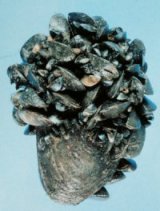 Develop risk
assessment models for invasive species. Develop risk
assessment models for invasive species.
We are developing risk assessment tools for
predicting the impacts of invasive species on
native biodiversity. For example, the
world's richest diversity of freshwater mussels is
found in North America, where they are highly
endangered. One threat to their survival is the
zebra mussel, which can destroy native mussel
populations through intense biofouling (the
photo shows a severely fouled mussel from the
St. Lawrence River; it is carrying more than
twice its own weight in zebra mussels attached
to its shell). Field evidence suggests that
habitat variables such as water chemistry
determine whether native mussels can persist in
systems invaded by zebra mussels (Jokela &
Ricciardi 2008). We are building statistical
models to identify which native populations are
vulnerable to extinction and which habitats are
suitable refugia for them. In
recent years, we have tested novel methods of
forecasting the impacts of predators based on
their functional responses
(e.g. Iacarella
et al. 2018; Dickey
et al. 2020; Grimm
et al. 2020).
Our research has been
supported by the following agencies:
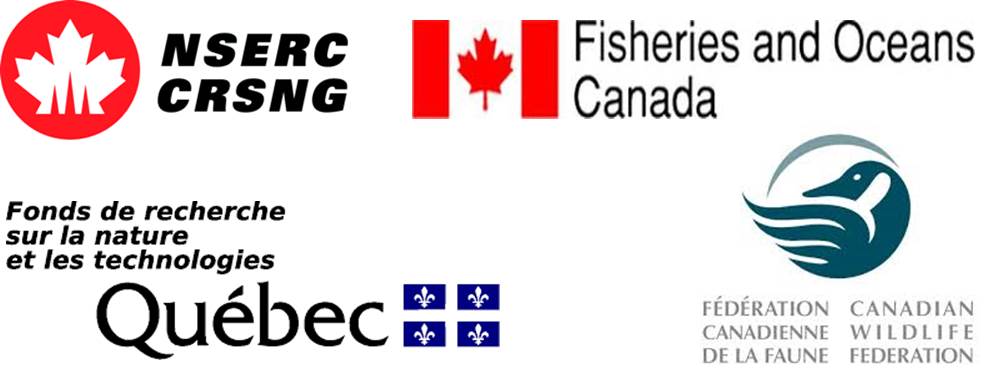
|
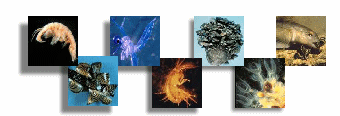















 Develop risk
assessment models for invasive species.
Develop risk
assessment models for invasive species.